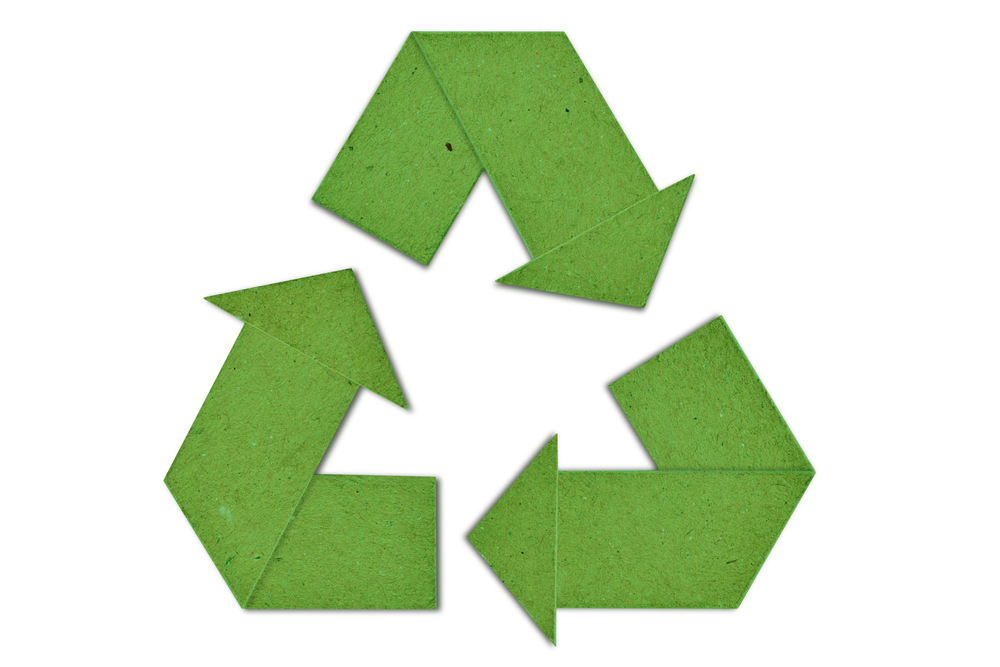Elevate your design and manufacturing processes with Autodesk Fusion
The process of designing and manufacturing new objects will never be fully sustainable, but there are steps companies can take to consider sustainability in their work. This article delves into how the electronics design industry is working to incorporate sustainability considerations into its practice.

In modern times, electronics design is a vastly diverse market that includes elements that mix analog and digital components to create smartphones, computers, WiFi networks, servers, and more. There is no shortage of new and innovative electronic technologies. With these recent advancements, the materials required to mass produce millions of electronic equipment are staggering. So how can electronics engineers reduce the cost of production and lessen the strain on the environment?
As time goes on, a need for the conservation of materials is becoming increasingly evident. The practice of designing new objects will never be fully sustainable, but there are steps companies can take to consider sustainability in their work. With this in mind, companies are now looking to create and use sustainable electronic components in printed circuit board (PCB) design, aerospace engineering, and automotive manufacturing. Let’s take a look at some of the steps the industry is taking to consider sustainability, specifically regarding materials.
What is Electronics Engineering?
First, let’s dig into what electronics engineering and electronics design are. Electronics engineering is a design and manufacturing process involving electronic circuits, devices, and the systems that use them. Electronics engineering was developed in the early 20th century along with the discovery and advancement of electronics. Radio and other broadcasting methods became the norm, and then during World War II, sonar, radar, and other advanced electronic technology further developed electronics engineering.
Consumer demand, rising prices, and dwindling resources lead electronics designers and engineers to start creating electronic products that consider the environment. Companies can get closer to reaching sustainability by searching for eco-friendly solutions, sourcing sustainable materials, minimizing energy consumption in both production and use, and reusing/recycling old products.
Materials Management
As technology advances, components continue to decrease in size, which helps reduce the use of scarce resources. However, there is still room for improvement. Engineers can design to replace plastics with lighter, more durable materials like aluminum and magnesium. This helps increase the reusability of products and removes the throwaway factor of one-and-done plastics. Consider using vegetable-based and recycled plastics, recycled glass, and propylene in products, packaging, and shipping materials to design more sustainably.
Circular Design

Circular design is a method of designing products to last, not just during the initial life cycle but also in future products. Thus, reusing and recycling are the core components of circular design. An easy way to help reuse and recycle is the standardization of materials and processes to help lower production and procurement costs. Some examples of standardized parts include universal screw types, plugs, batteries, chargers, and wires.
Cloud Computing
One recent innovation that has helped the electronics design industry shift towards a sustainable model is cloud computing. Cloud services are more energy-efficient and carbon-efficient than traditional data centers. Autodesk Fusion 360 is an integrated, cloud-based computer-aided design (CAD), computer-aided manufacturing (CAM), computer-aided engineering (CAE), and printed circuit board (PCB) development platform. As a cloud-based platform, it is an excellent start for electronics engineers to start their journey to a sustainable future.
Future Problems to Address
Though the industry has taken steps to consider sustainability, there are still many unsolved issues. One big problem in electronics engineering is the use of adhesives. Adhesives make it difficult to dismantle and reuse components. For example, cell phone manufacturers use adhesive to seal batteries to save space and enable thinner product designs. Not to mention the heat reactions that can occur, which dissuade companies and individuals from recycling battery components or items with older batteries.
Packaging, while not exactly electronics engineering, is a major throwaway component of electronic products. Every phone, television, earbud, and smartwatch comes in cardboard, plastic, and possibly styrofoam. In these cases, it would be more efficient to use recyclable fiberboard, bioplastics, airbags, or perhaps, devise a whole new packaging material.
Hopefully as more advancements enter the space, electronics designers and engineers will have more options for incorporating sustainable practices into thier workflows.
Ready to take the step of switching to a cloud-based PCB development platform? Give Fusion 360 a try for free today.
